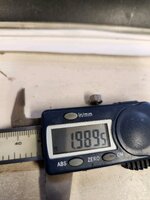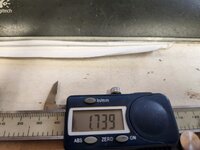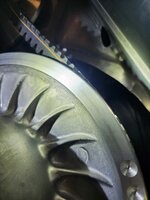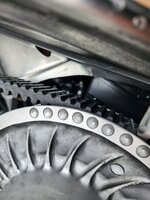Quite possibly. Thats why Burandt is always preaching belt height/deflection is so important. The roller bearing delete very well might get the “1st” gear better and bottom end of the boost.Maybe that has something to do with why they say the P85 on a Boost/9R performs better off the bottom than the P22….you actually get to start off in 1st gear versus 2nd.
I really can’t find anymore information on it, even on Kurts website which leave alot desired, but I get it. Small shop in Seeley….
I’m not getting too concerned until I see how my 2025 boost compares to the 22-24.






